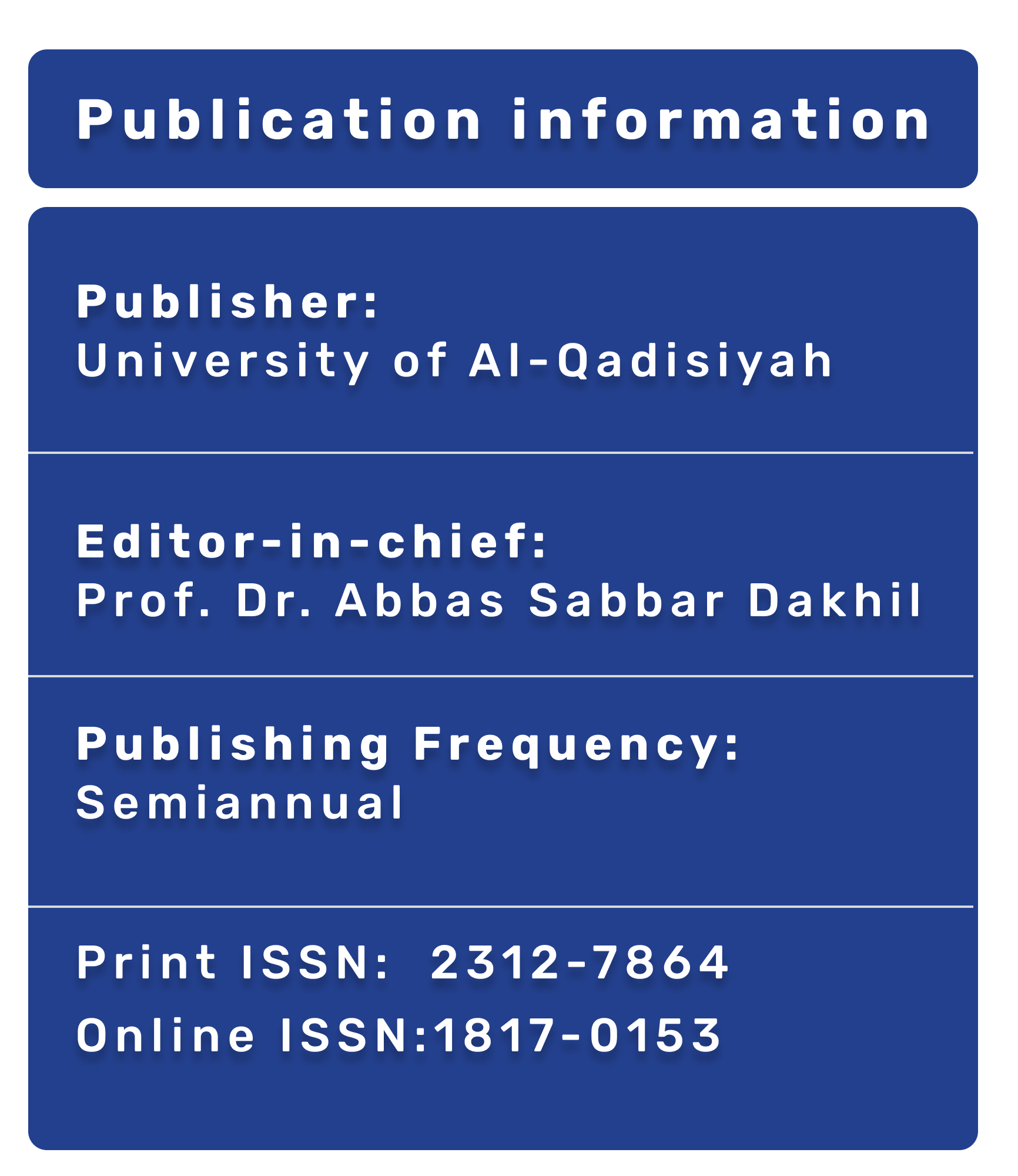The accuracy of ultrasound in the diagnosis of breast diseases
DOI:
https://doi.org/10.28922/qmj.2019.15.1.119-125Abstract
The study was intended to evaluate the role of ultrasound as diagnostic technique in the diagnosis of breast diseases, comparing it to the conventional and widely used technique i.e mammography,FNAC and histopathology.
THE breast diseases were divided according to their clinical and ultrasound criteria into simple cyst(10), galactocele(3), fibro adenoma (64), carcinoma (36), duct ectasia (6), abscess (3), mammary dysplasia (25) , and undetermined cases (3).
All those patients were subjected for pathological confirmation by needle aspiration cytology in (80) and/or excisional biopsy in 110 patients.Twelve patients refuse FNAC (18%). The age of the patients ranged from 15-80 years with a mean of 40 years .One hundred and fourteen(76), patients had benign lesions and 36 cases of them (24%) had malignant lesions. For cystic lesions like simple cyst, abscesses , and cystic changes of mammary dysplasia , the study shows 100% sensitivity , specificity and accuracy. For FNAC , the sensitivity , specificity, and accuracy were 91% 92% respectively. For carcinoma of the breast , thee sensitivity , specificity and accuracy were 86.7% , 91%. And 90% respectively ,which is less because of some overlap of the ultrasonic criteria of benign and malignant lesions.The sensitivity ,specificity and accuracy of ultrasound is high, especially in benign lesions . therefore ultrasound is an accurate , safe , and non-invasive technique for diagnosis of breast diseases in addition to be without danger of radiation, especially for young patients less than 35 years of age.








